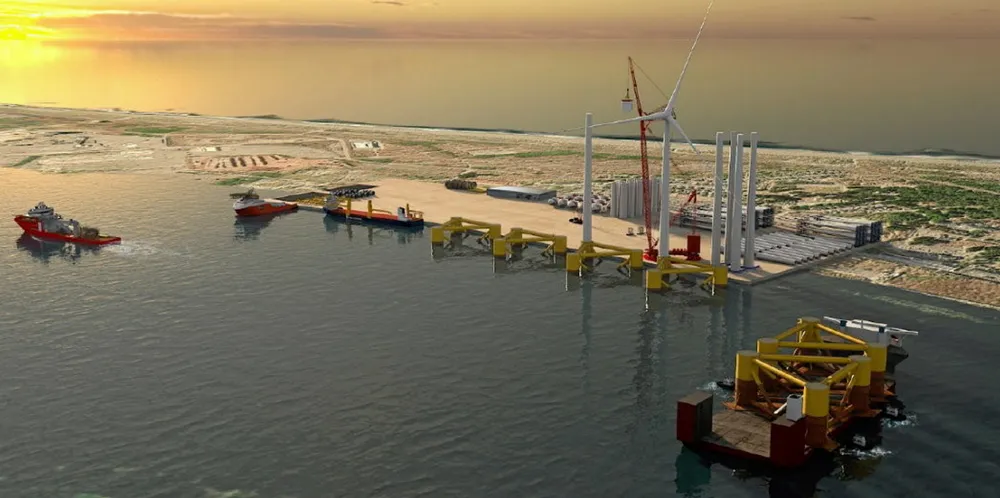Lease sales 'this year': could Californian floating wind dreams at last be coming true?
Turbines spinning over the Pacific deeps may still a decade away, but the government and industry line-up at a recent conference in San Francisco shows no-one in the US needs a wake-up call on what floating wind could mean to the state

The narrow outer continental shelf running along the Pacific seaboard drops down swiftly to 1,000 metres or more, however, meaning for offshore wind farm only the higher-priced floating platforms will be viable.
“California is well-positioned to lead a transition to a clean energy future,” said Amanda Lefton, director of the Bureau of Ocean Energy Management (BOEM), the federal agency charged with managing energy development on the outer continental shelf, speaking in San Francisco this week. “Floating wind can help us reach areas once thought unattainable, opening up new opportunities.”
Lefton was joined by representatives of the federal Departments of Energy and Interior, the California Energy Commission (CEC), charged with charting the future direction of California’s energy transition, and other state agencies, along with developers, labour bodies, and environmental groups at the Pacific Offshore Wind Summit.
“[This year] is the year to go big and go bold,” said David Hochschild, chair of the CEC, who touted the state’s progress towards its goal of 100% clean electricity by 2040. “Offshore wind is going to be one of the foundational elements of that [transition].”
Establishing concrete, quantifiable goals will be critical for the industry, believes Renewables Consulting Group associate director of its New York office Emily Kuhn.
“As we’ve seen with the East Coast, offshore wind targets can drive momentum and allow the industry confidence that there will be a long-term market.”
California’s offshore wind sector will face multiple challenges as it rolls out, including insufficient grid capacity, particularly in its northern reaches.
The waters off Humboldt County have some of the nation’s best wind resources, with speeds averaging over nine metres a second, but the lightly populated region has poor grid transmission links that could constrain future wind development ambitions.
“The ultimate goal is to develop a thriving, world-leading floating wind industry. To get there, we're urging California to go big and move forward, now,” said Paula Major, vice president, US offshore wind for Mainstream Renewable Power and board chair of OWC .
(Copyright)